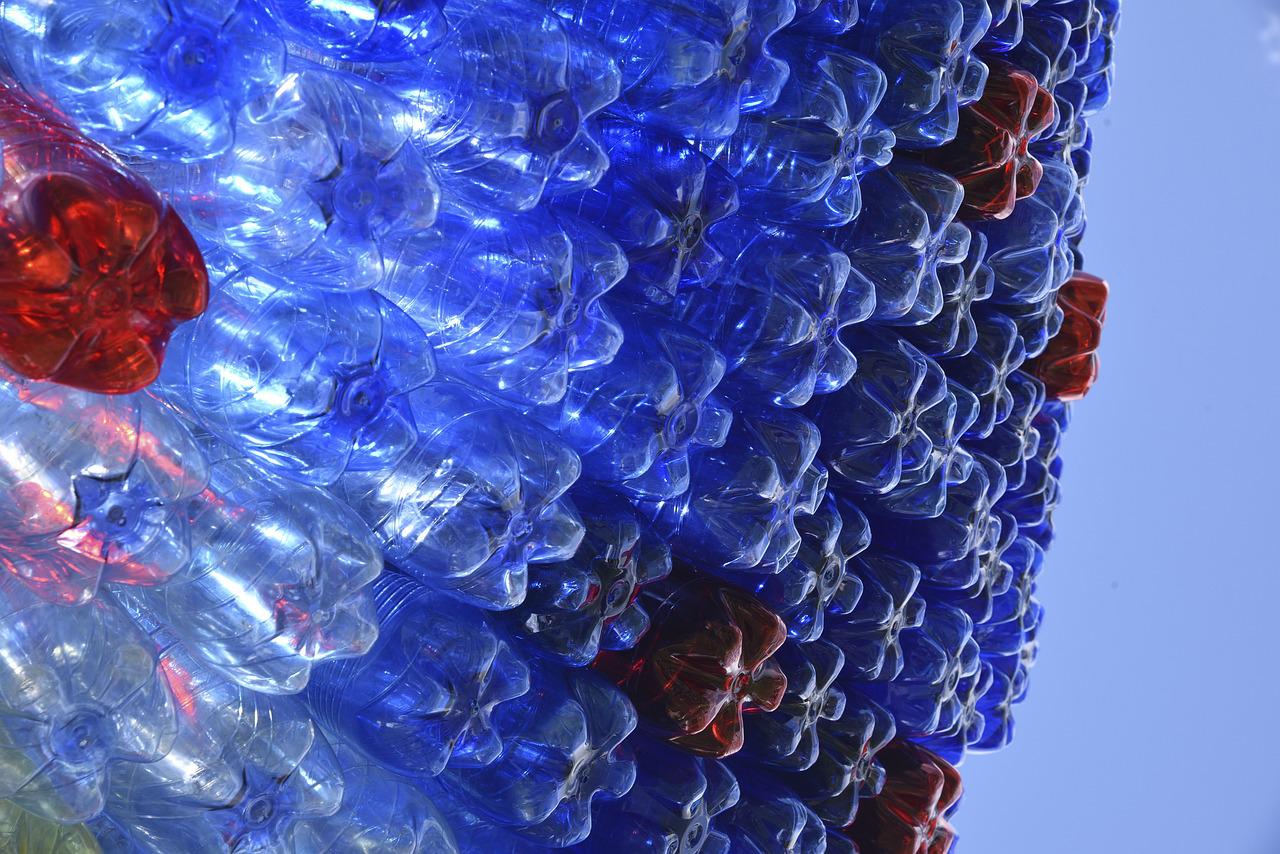Germany – The Digital Watermarks Initiative HolyGrail 2.0 has been joined by INEOS Olefins and Polymers Europe to greatly enhance the sorting and recycling of waste plastic packaging.
The initiative aims to address and enhance how plastic waste is classified into various types, making household plastic waste recycling much more effective. Although plastic packaging collection rates are rising throughout Europe, sorting issues frequently result in recycled plastics that are a mix of types and grades, making it challenging for plastics converters to reuse the recycled product.
The Initiative for Digital Watermarks HolyGrail 2.0 is the forerunner of a revolutionary technology. Digital watermarks are invisible codes that cover the packaging’s surface. They are about the size of a postage stamp and are invisible to the naked eye, but they can be seen by specialized cameras that are connected to quick waste sorting systems.
Truly circular economy
The HolyGrail 2.0 initiative will offer a reliable, affordable, and easily scalable system to the entire packaging value chain in order to optimize the sorting of post-consumer plastics packaging and raise the standard of the recycled product.
By participating in the initiative, INEOS is demonstrating its dedication to building a truly circular economy where all plastics can be properly recycled and used to make high-quality products, thereby lowering the carbon footprint of plastic goods and packaging.
The INEOS Recycl-IN line of PE and PP products, which was commercialized in 2019 and offers converters a full range of resins with up to 70% post-consumer recycled content and properties comparable to virgin polymer, builds on that success.





